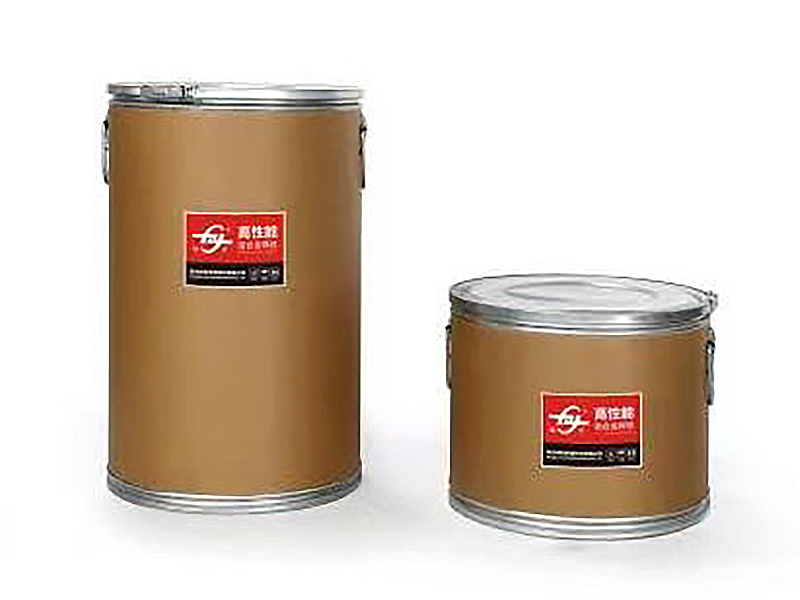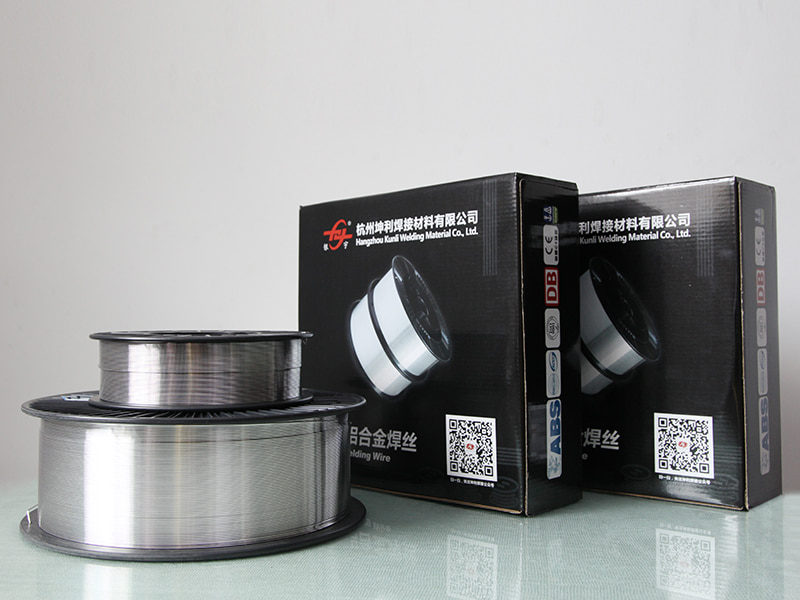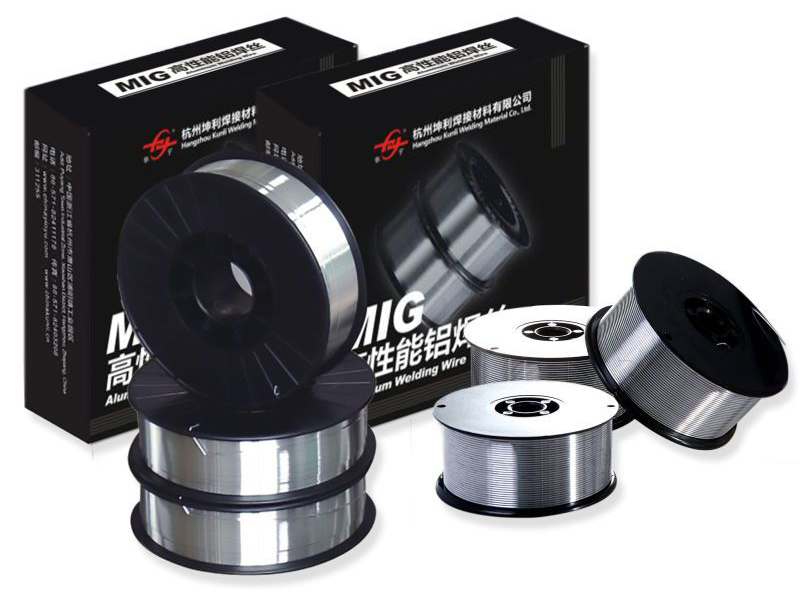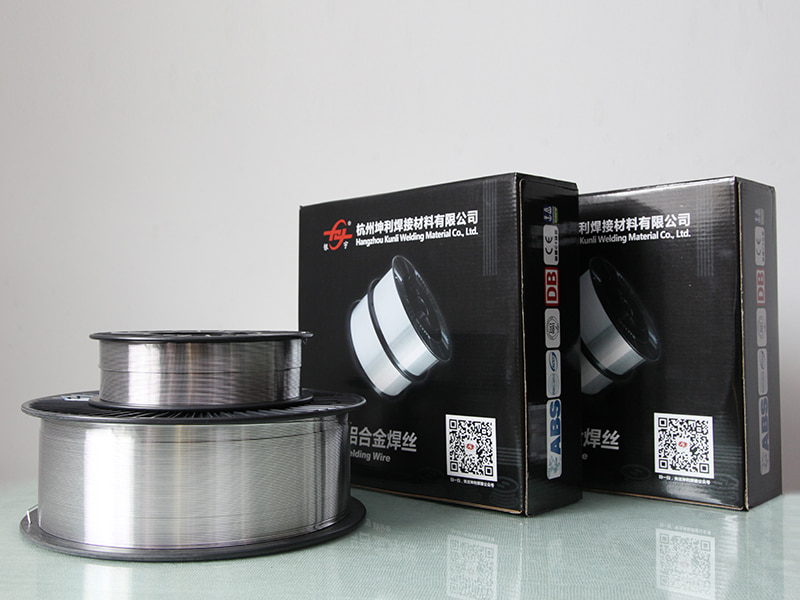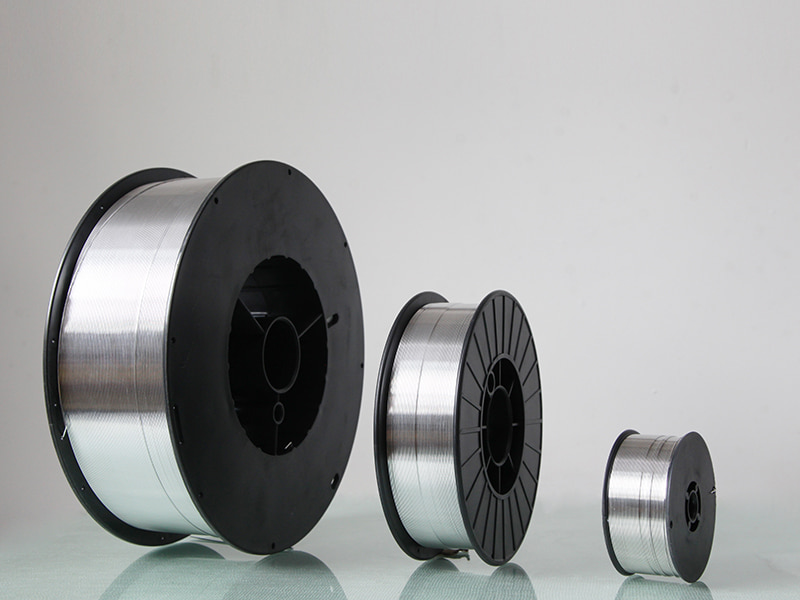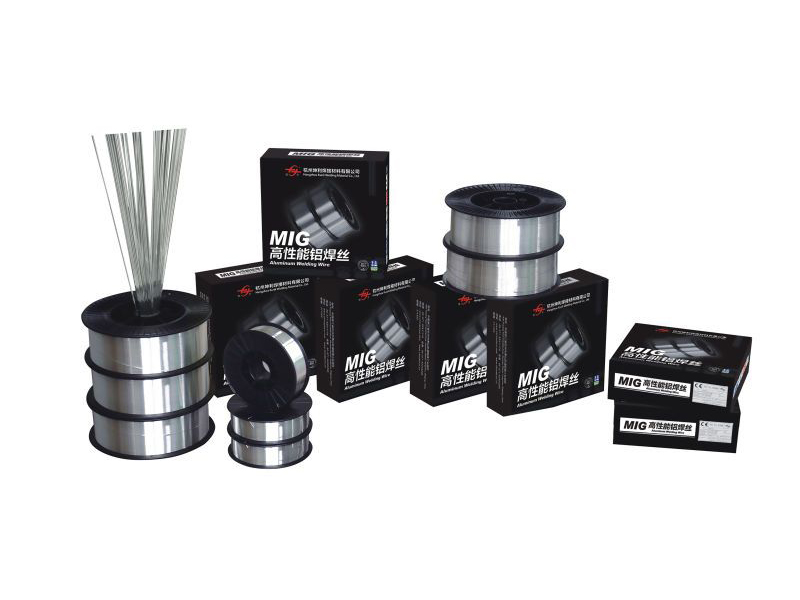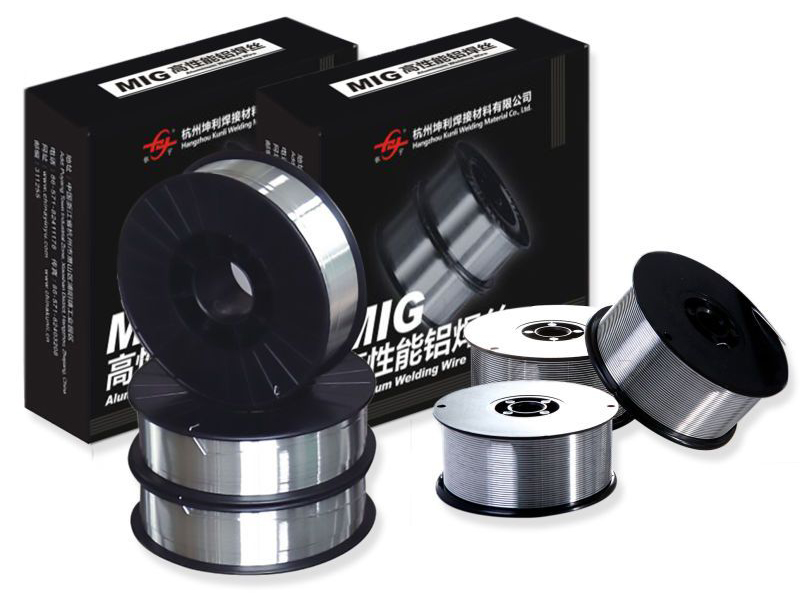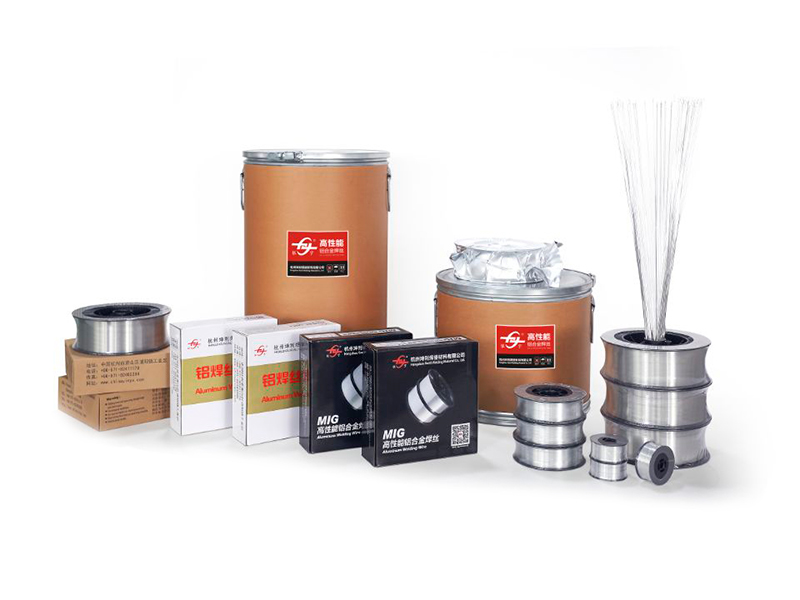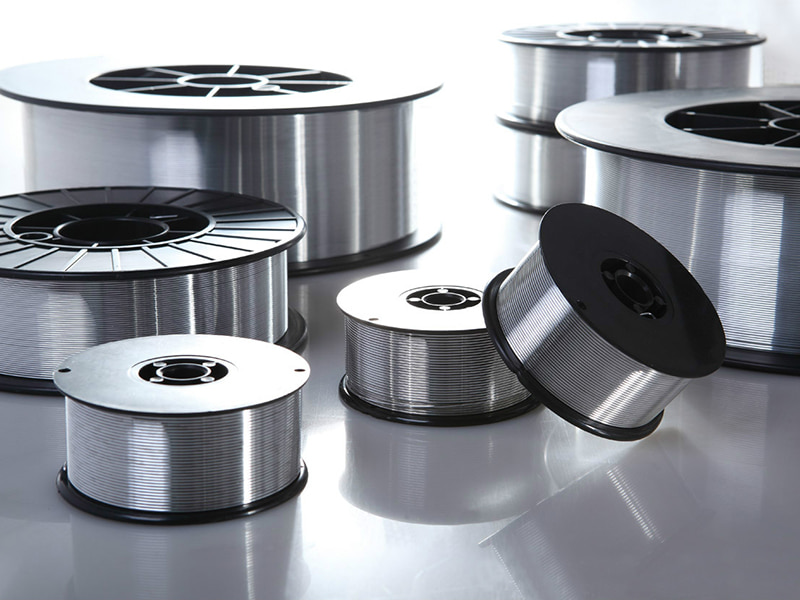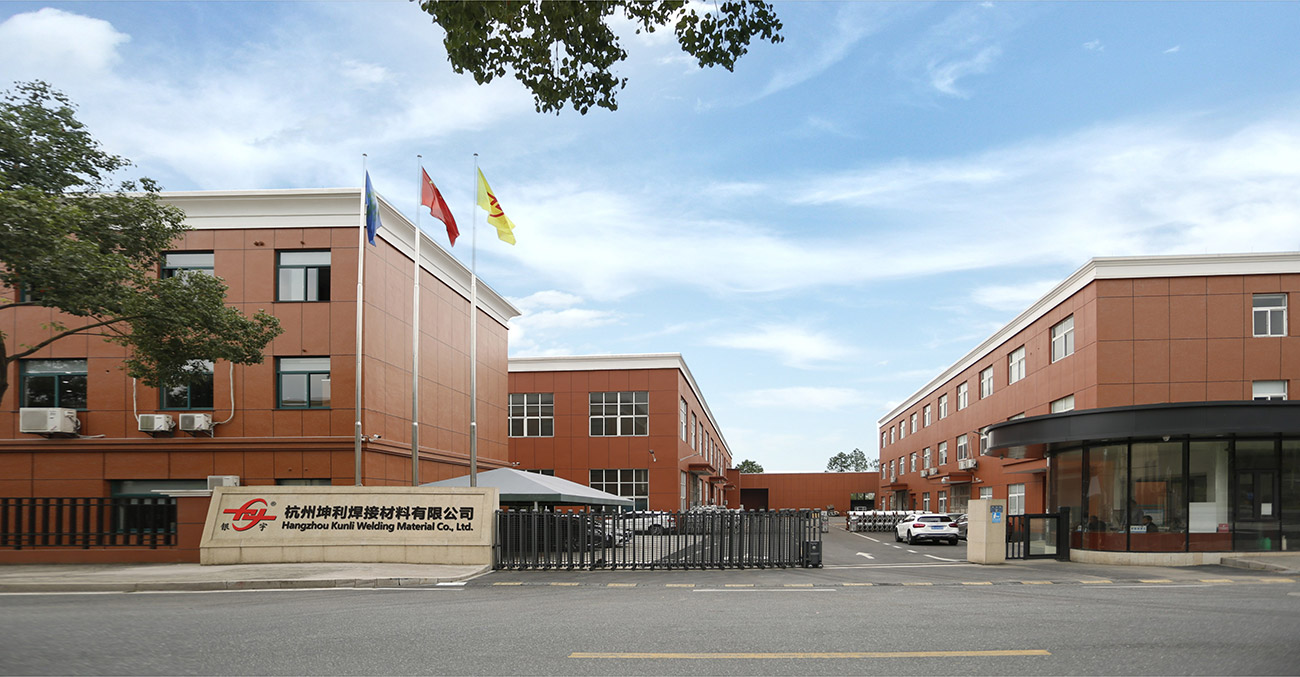Introduction
Welding aluminum for cryogenic service (temperatures down to −196∘C or lower) requires filler metals that maintain superior fracture toughness and impact strength at extremely cold temperatures. Our cryogenic wires, typically ER5183 or ER5356, are produced with meticulously controlled chemistry to prevent the ductile-to-brittle transition common in other metals. These materials ensure the structural integrity of LNG (Liquefied Natural Gas) and LPG (Liquefied Petroleum Gas) tanks, which are safety-critical assets.
Specification
| Key Property | High Charpy V-notch impact strength at cryogenic temperatures |
| Material Focus | ER5183, ER5356 (often mandatory for LNG) |
| Temperature Range | Certified down to −196∘C (liquid nitrogen) |
| Compliance | DNV GL, ABS, and applicable API standards required |
| Purity Control | Minimization of Si and Fe to maintain low-temperature toughness |
Applications
Fabrication of LNG storage tanks, pipelines, and transfer systems (down to −162∘C).
Welding pressure hulls and inner tanks for rocket and space vehicle fuel systems (e.g., liquid hydrogen).
Construction of specialized laboratory equipment and cold boxes.
Repair and maintenance of refrigerated gas transport vessels (LPG/LNG carriers).
FAQ
- Q: Why are 5XXX series alloys preferred for cryogenic aluminum welding?
- A: Unlike many metals, aluminum (especially the Al-Mg 5XXX series) does not exhibit a sharp ductile-to-brittle transition as the temperature drops, maintaining high strength and toughness even at liquid nitrogen temperatures.
- Q: What special testing is required for cryogenic welding wire?
- A: The most critical test is the Charpy V-notch impact test, performed at the minimum design temperature (e.g., −162∘C for LNG), to ensure the material retains sufficient toughness and ductility.
 English
English Deutsch
Deutsch
 English
English Deutsch
Deutsch

